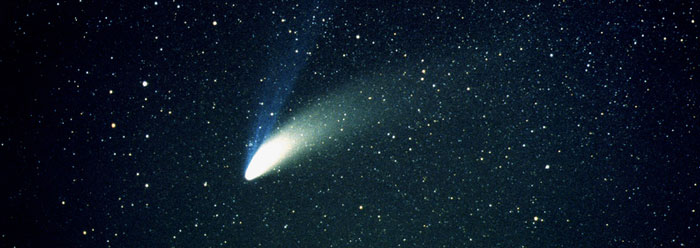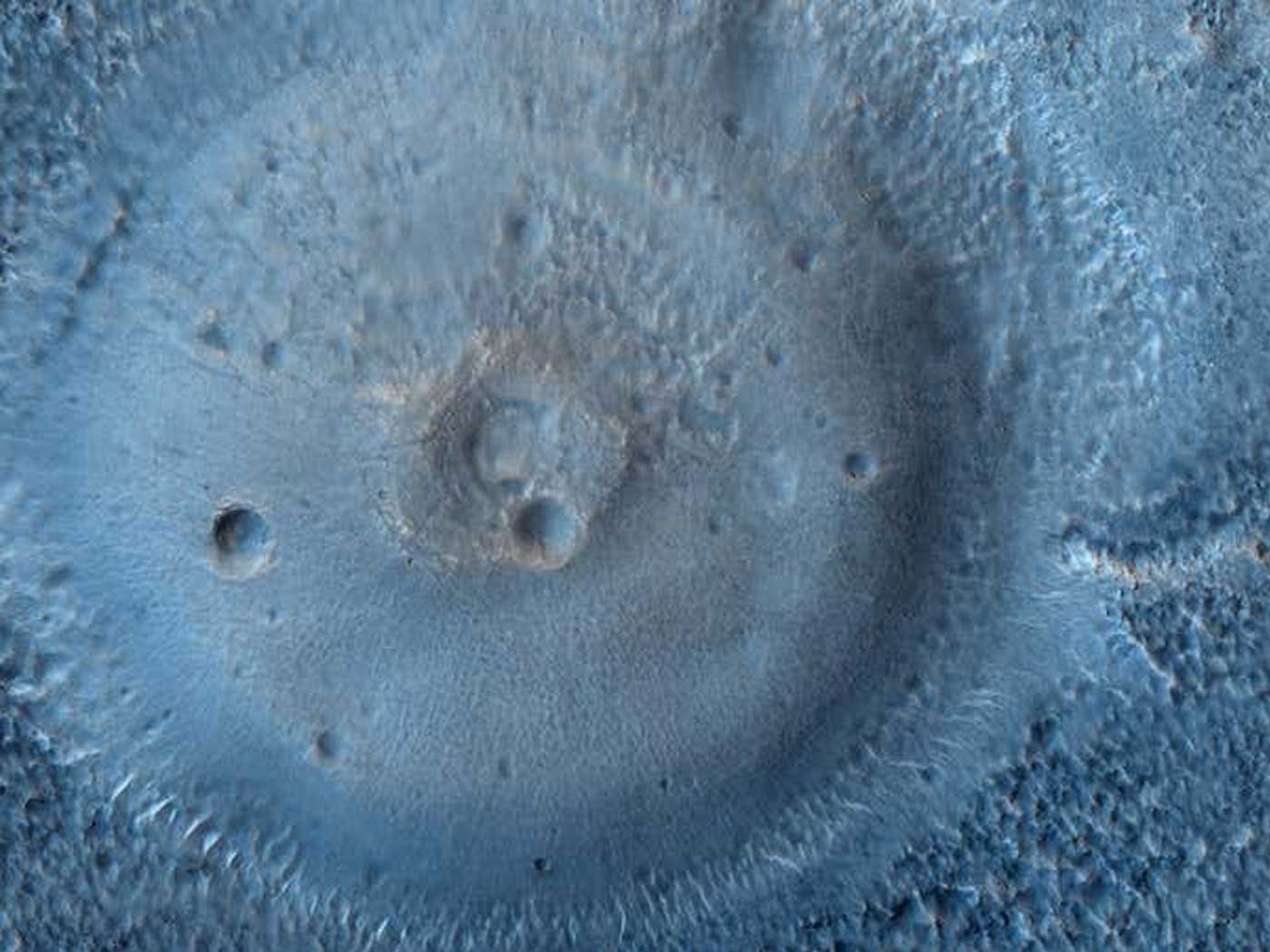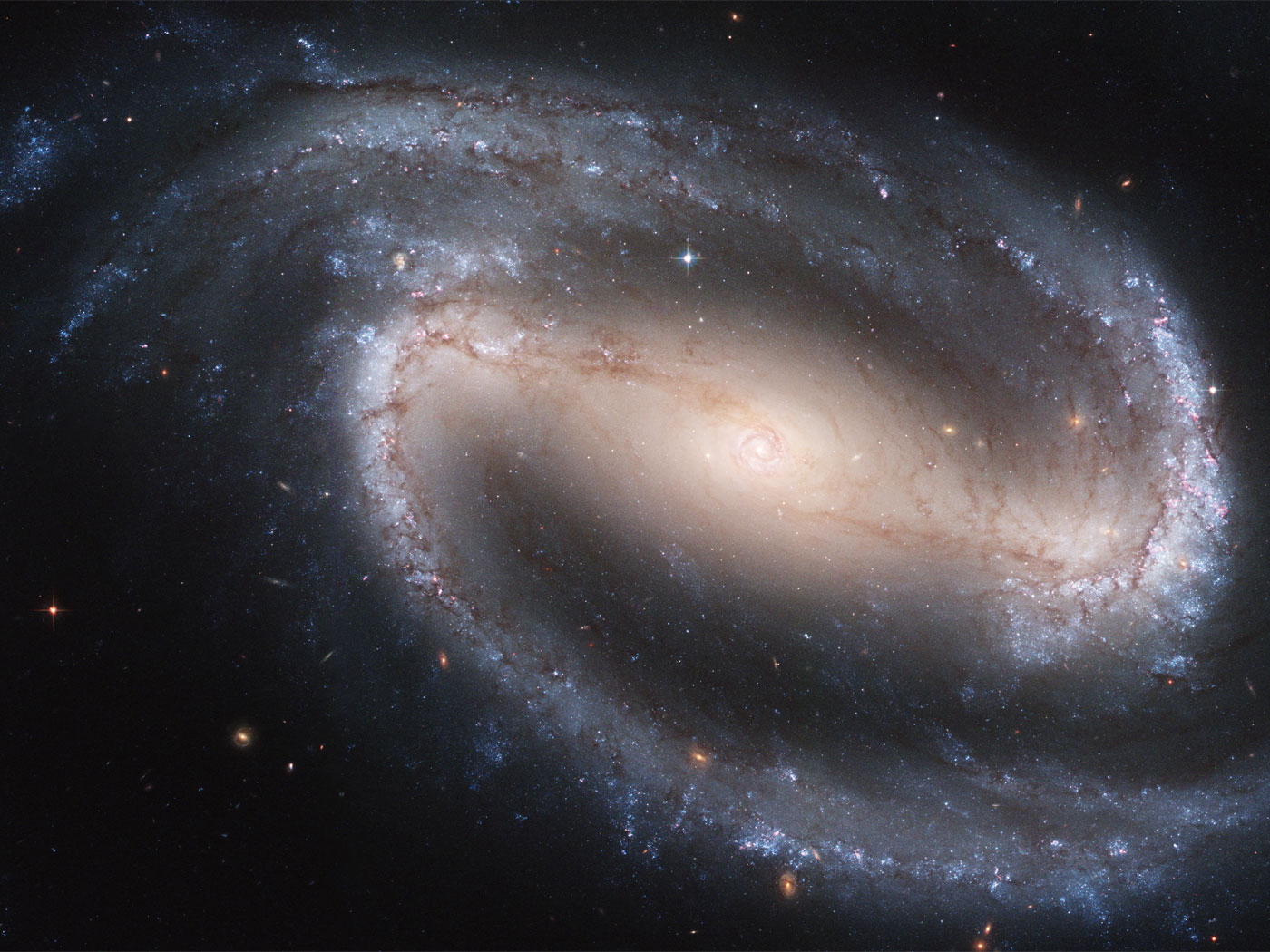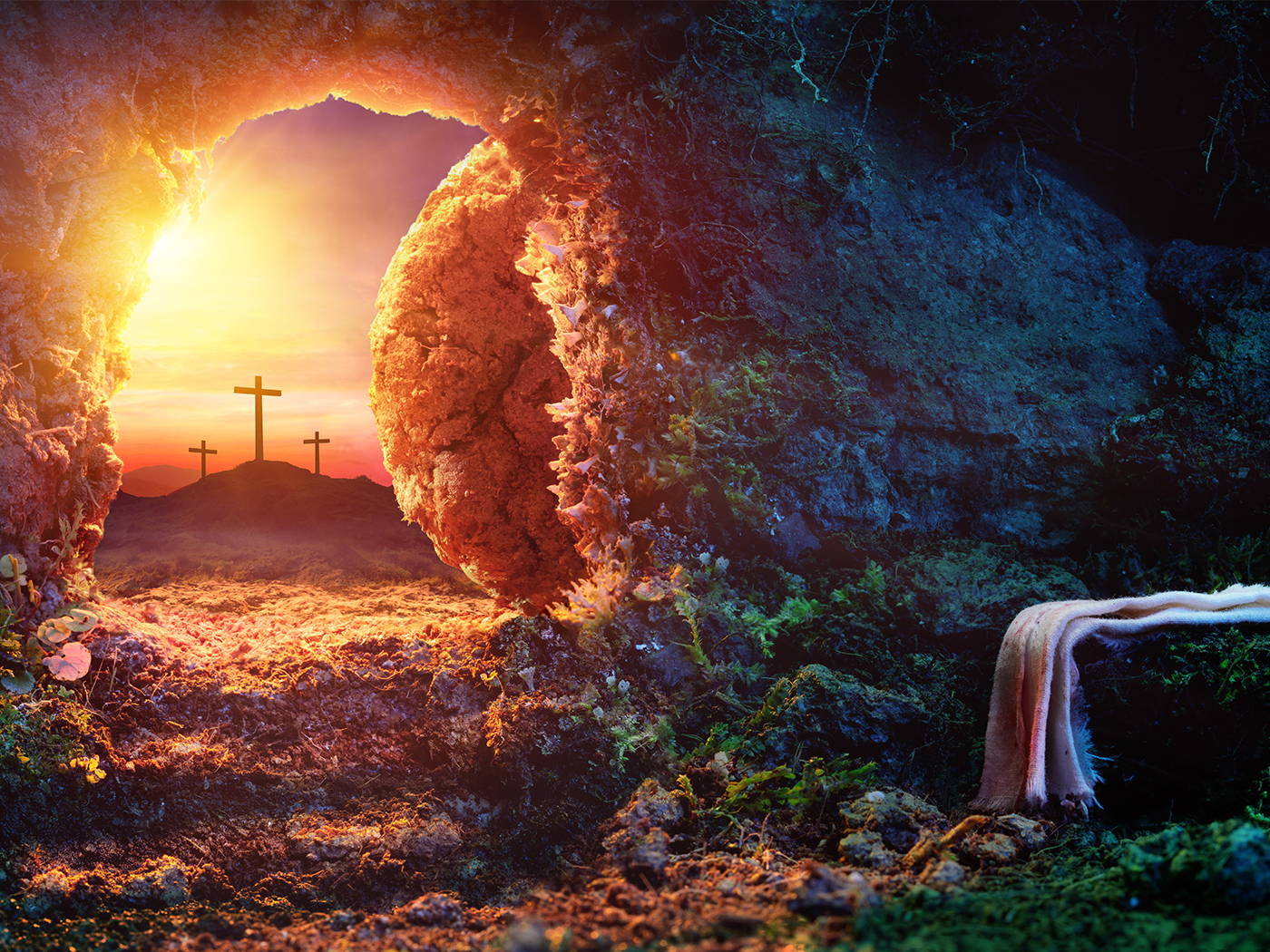Every year brings new scientific discoveries that shed light on the past. The Institute for Creation Research is dedicated to the study of origins from a biblical perspective, and ICR News has compiled what it considers to be the top findings related to origin studies from 2010. This article examines astronomy, and will be followed by a feature on breakthroughs on the genome.
Evidence against a Big Bang
The Big Bang is a proposed model for the origin of the cosmos that leaves no room for supernatural intervention into the created order. As a result, it is forced to violate the two universal laws of thermodynamics. By having matter appear out of nowhere, it violates the law of conservation of mass and energy. By having that matter self-organize into hot stars, galaxies, and superclusters—all while it should have been thinning out and cooling during eons of expansion—it violates the law of entropy.
In addition to these problems, a 2010 discovery contradicted the Big Bang prediction that galaxies should look younger the farther out into space they appear from earth. The "mature" galactic clusters are only supposed to exist close-in, but more were discovered in the far distance this past year, adding to similar observations from prior years.1
Also, a study of 900 quasars posed a serious challenge to another assumption common among astronomers.2 Shifting of starlight toward the red, low-energy end of the light spectrum, called "redshifting," is supposed to be an effect of the expansion of the universe. Some of the very massive, bright, and very distant quasars showed identical light-travel time patterns but very different redshift values. If qualities like mass can shift light to the red, then redshift measurements alone may not be as reliable in providing accurate distance or Big Bang time estimates as once thought. These quasars alone imply that the Big Bang hypothesis rests on shaky ground.
Young Comets
If the solar system is really billions of years old, then its comets should no longer exist because they lose mass every time they pass around the sun. In 2010, the comet problem worsened for those insisting on such an old age. Close-up photographs of a special comet named Hartley 2 showed that it is spewing snow into space through multiple fissures.3 This comet not only looks young by its size, which has not yet been completely whittled down by the sun, but it now looks even younger because of the extraordinary internal activity that is causing it to lose even more material.
Many long-age comet proponents think that an unobserved cloud of distant icy objects periodically and accidentally supplies the solar system with comets. But a 2010 study admitted that this idea is totally inadequate to explain the comets currently in orbit. A replacement concept was offered proposing that long ago the sun "robbed" comets from ancient stars.4 However, not only was this even less plausible than the first idea, but it only pushes the origin of comets further back in time, ultimately explaining nothing.
Conclusion
Comets and their orbits look like special creations, and they look younger than ever because of 2010's closer-than-ever view of one of them. Certainly they were designed to "be for signs, and for seasons, and for days, and years."5 The Big Bang concept, already fully bankrupted, now has more explaining to do than ever before. The universe looks fully mature, as would be expected in a completed creation.6 And the fully mature galactic clusters near the outer edge show that the cosmos was intentionally created.
References
- Thomas, B. Distant Galactic Cluster Should Not Exist. ICR News. Posted on icr.org May 21, 2010, accessed December 28, 2010.
- Thomas, B. Quasars Quash Big Bang Assumption. ICR News. Posted on icr.org April 29, 2010, accessed December 28, 2010.
- Thomas, B. NASA Photographs Young Comet. ICR News. Posted on icr.org. November 12, 2010, accessed December 28, 2010.
- Thomas, B. New Comet Origins Idea Adds New Problems. ICR News. Posted on icr.org December 9, 2010, accessed December 28, 2010.
- Genesis 1:14.
- Morris, J. 2010. Creation with the Appearance of Age. Acts & Facts. 39 (12): 15.
* Mr. Thomas is Science Writer at the Institute for Creation Research.
Article posted on January 7, 2011.
























